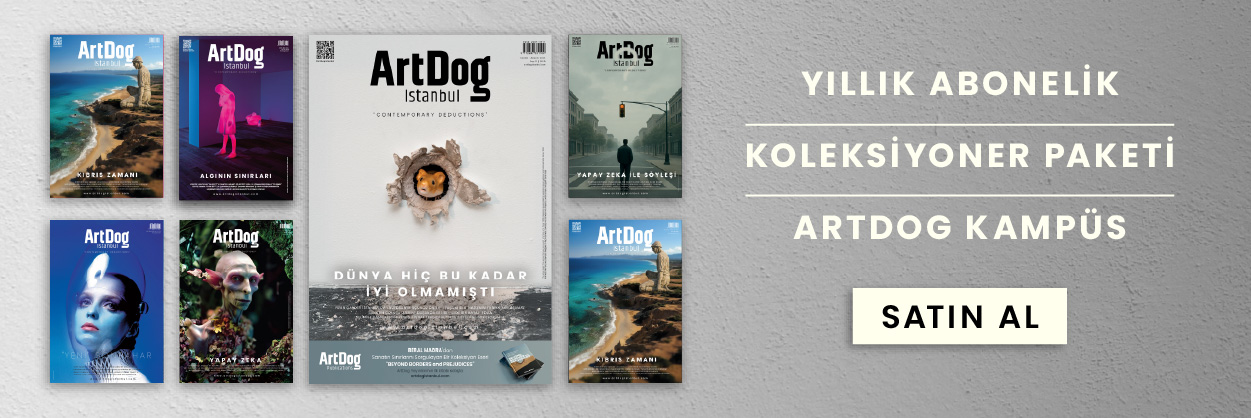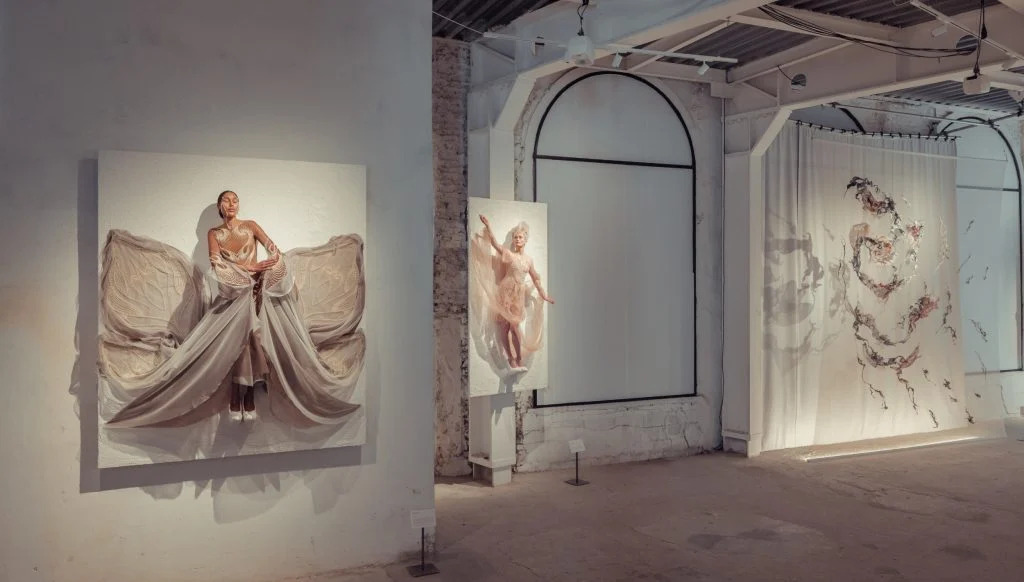By Embracing His Japanese Roots, Kenzo Takada Took the Paris Fashion World by Storm
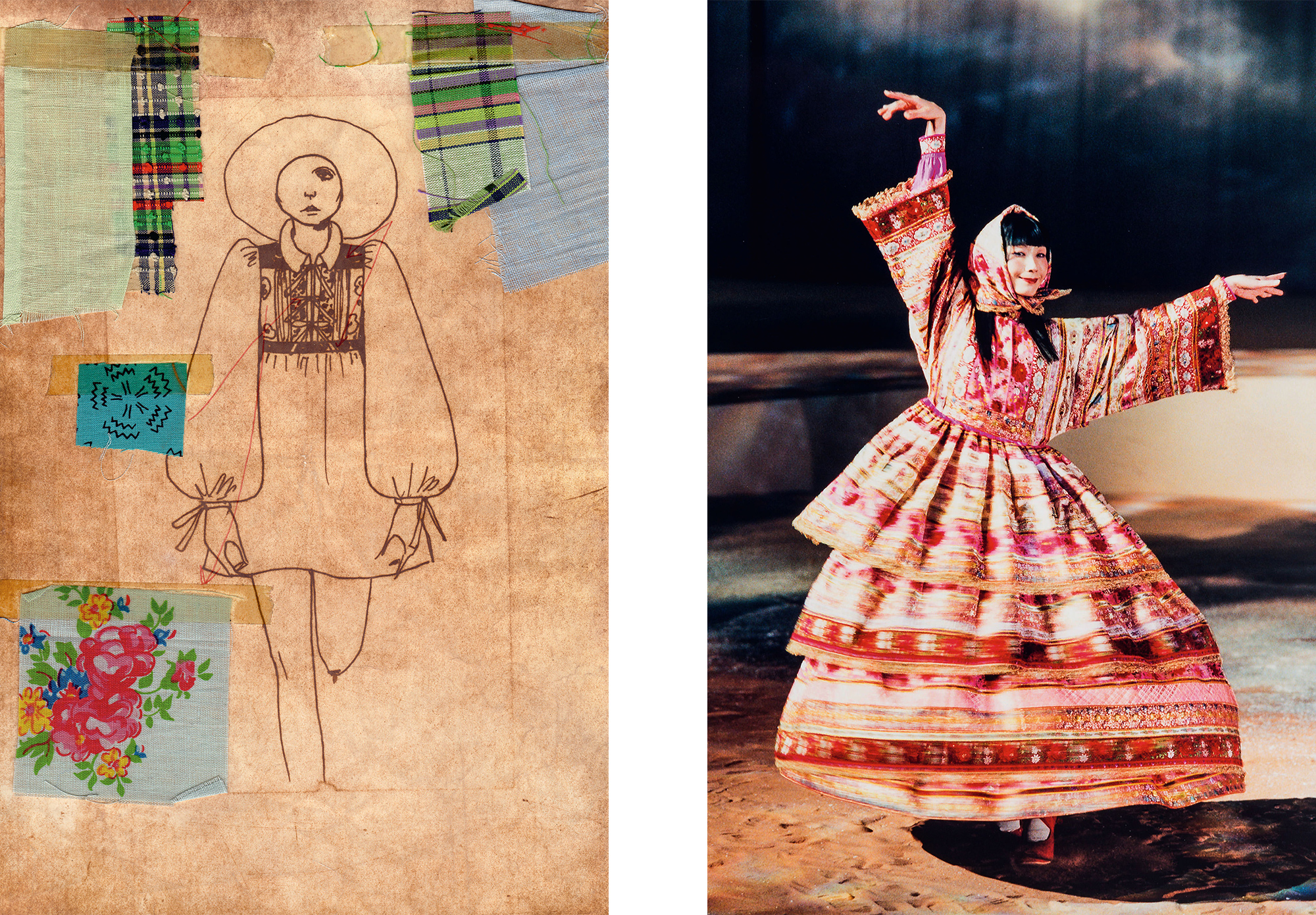
In the winter of 1964, a 25-year-old man from Japan stood on the deck of a massive ocean liner, a one-way ticket in hand. He had traversed from Tokyo through Hong Kong, Saigon, and Mumbai, and his final destination Paris. The journey was daunting, but the young man, Kenzo Takada, had dreams that defied the cold, gloomy Parisian weather he initially disliked. By early 1965, he set foot on Parisian soil, unaware of the significant impact he would have on the city and the fashion world.
Five years later, in 1970, Takada opened a fashion store named JUNGLE JAP in Galerie Vivienne, in Paris’ 2nd arrondissement. It would later be rechristened Kenzo, marking the beginning of a legendary journey. Takada’s colorful, exuberant vision took the Paris fashion scene by storm, melding Japanese tradition with European flair.
Kenzo Takada passed away in 2020 at the age of 81, leaving behind a legacy of immense creative genius. His story is now being celebrated in an exhibition titled “Takada Kenzo: Chasing Dreams” at the Tokyo Opera City Art Gallery. This exhibition is not just a tribute to his brand but a deep dive into his personal life and post-Kenzo artistic endeavors.
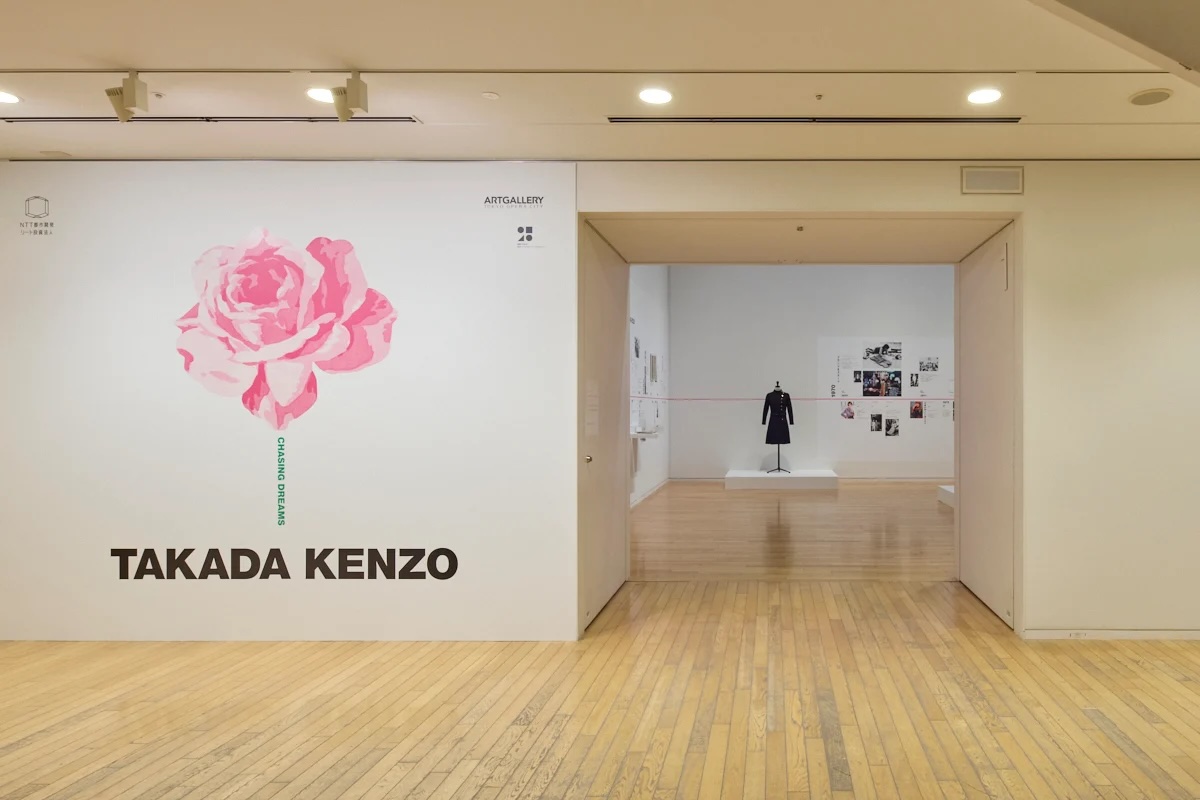
A Different Kind of Fashion Exhibition
In an era saturated with fashion exhibitions, how does one about Kenzo Takada stand out? “This is not an exhibition about the brand,” says curator Fukushima Sunao. “It is about Takada’s personal life story.” The exhibition delves into his most prolific periods in the ’70s and ’80s, showcasing his creative explosion and the interplay of Japanese and European influences in his work.
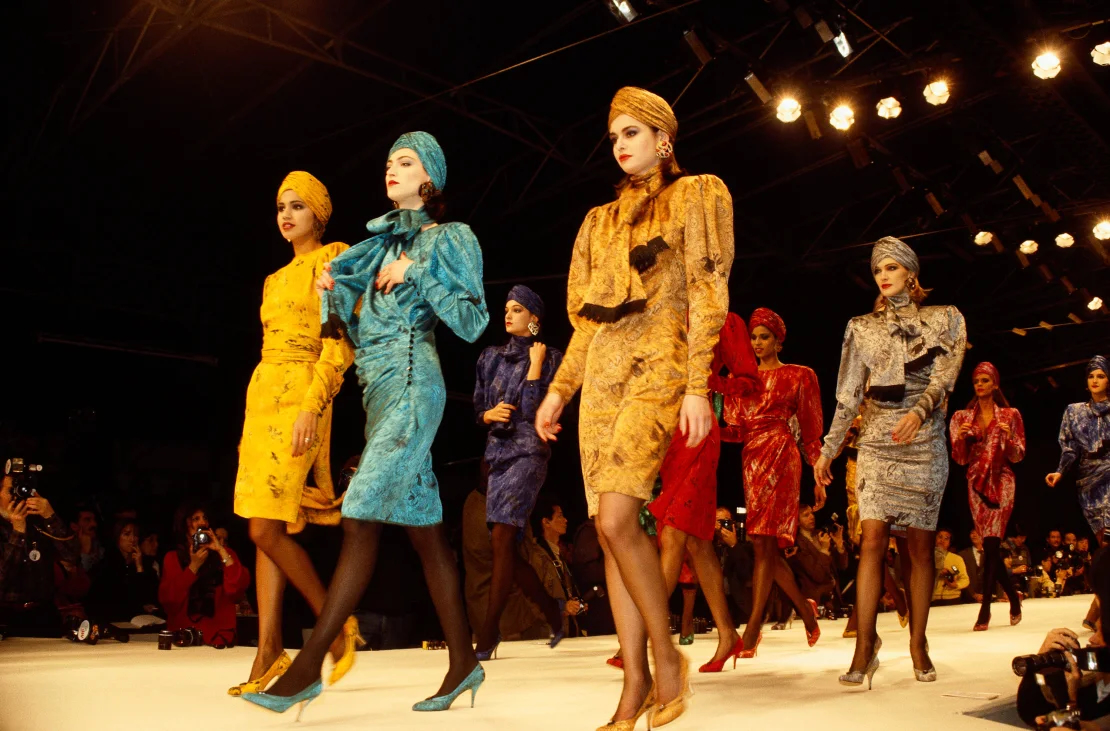
Fukushima hopes that the youthful Takada, as portrayed in the exhibition, will inspire passion and courage in Japanese youth, especially those interested in fashion. “Kenzo showcased the best of globalization and cultural exchange. The Japanese economy was also flourishing during that era, experiencing its golden age.”
Cultural Duality and Fashion Innovation
Takada’s works reflect a duality of culture, never straying far from his Japanese roots. He utilized characteristic Japanese fabrics and drew inspiration from the straight cuts of kimonos. Yet, when Takada initially arrived in Paris, his aim was to become a European fashion designer. Over time, being regarded as Japanese in European society made him more aware of his cultural identity.
In one of the main galleries, visitors can appreciate Takada’s creative peak in the ’70s and ’80s. After the May 1968 Revolution in Paris, societal norms and fashion underwent significant changes. Haute couture began to be replaced by ready-to-wear, and Takada’s brand, founded in 1970, resonated with these social shifts. A 1976 dress made with Japanese fabric and featuring kimono lines carries Takada’s anti-couture message of liberating the body and allowing everyone to be themselves.

Global Inspirations and Playful Designs
Takada’s designs often incorporated playful elements and global inspirations. A 1989 wool dress, designed by Takada himself, had movable joints like a doll. He drew inspiration from European priests’ lace dresses and military uniforms, replacing authoritative badges with soft vine and floral embroidery. His researcher-like interest in traditional clothing from around the world led him to integrate diverse cultural elements into his designs.
One standout piece in the exhibition is a multi-colored ribbon dress, the robe de mariée, from the 1982 show. Displaying this dress was a challenge; it was located in France and required extensive restoration before it could be transported to Japan.

Post-Retirement Creativity and Legacy

Even after retiring, Takada’s creativity did not wane. In 2004, he designed the official uniform for the Japanese national team for the Athens Olympics. In 2019, he designed costumes for the opera “Madame Butterfly,” directed by Miyamoto Amon. His final artistic endeavor was for the Arcrea convention center in his hometown of Himeji, depicting the World Heritage-listed Himeji Castle and featuring motifs of peony flowers.
The largest gallery in the exhibition, showcasing his iconic dress designs, feels like a grand global folk culture party. “His shows were known for their colorful, rich, and lively atmosphere,” Fukushima says. “The exhibition tries to incorporate this atmosphere, despite the preservation constraints.”
Kenzo Takada was a visionary who bridged cultures and defied conventions. His legacy, celebrated in this vibrant exhibition, continues to inspire and captivate, much like the man himself.

